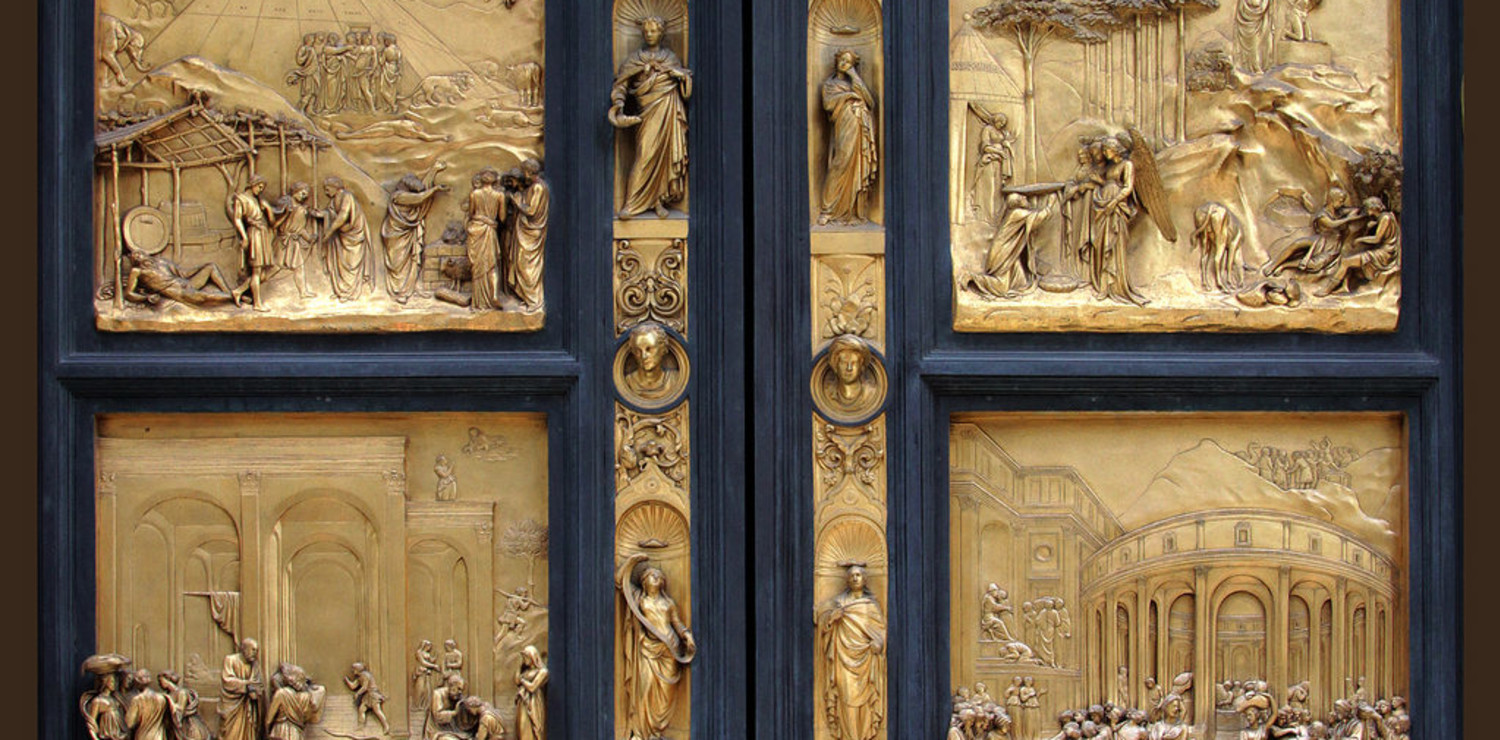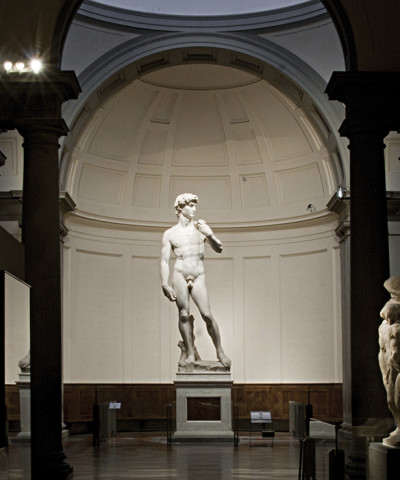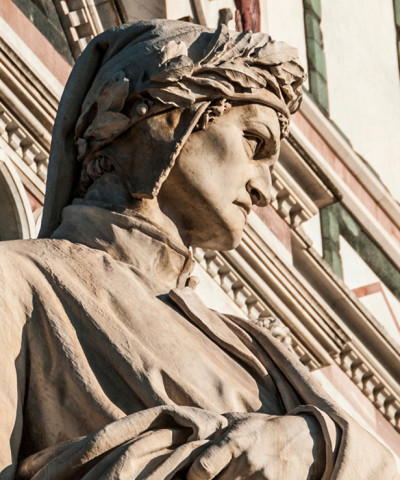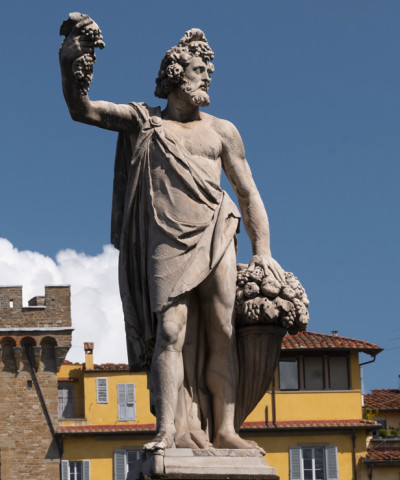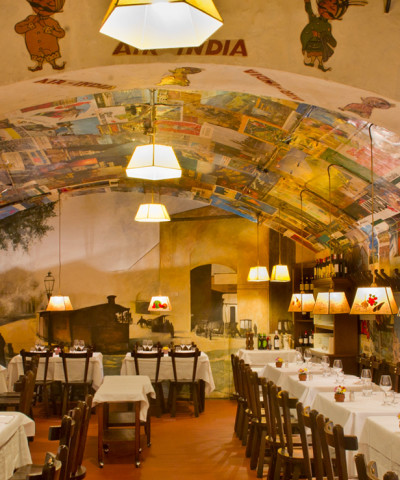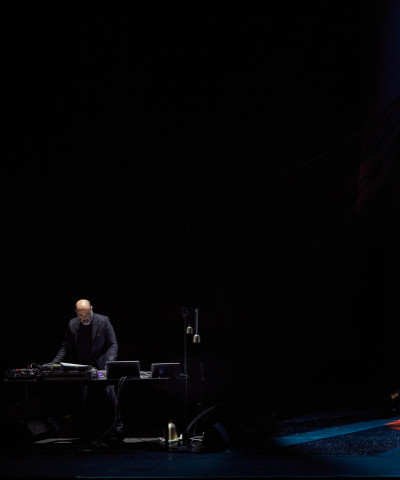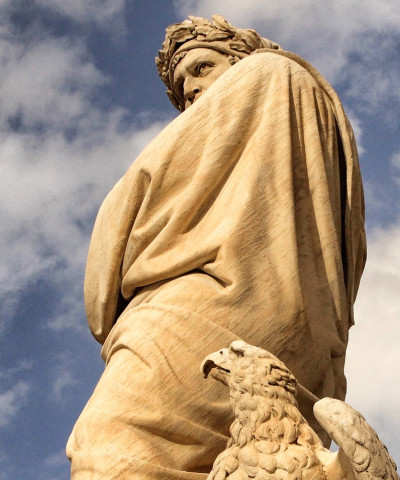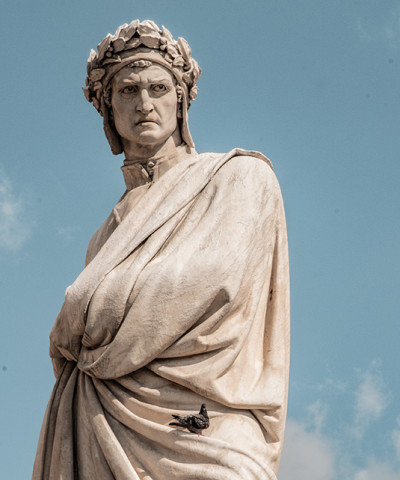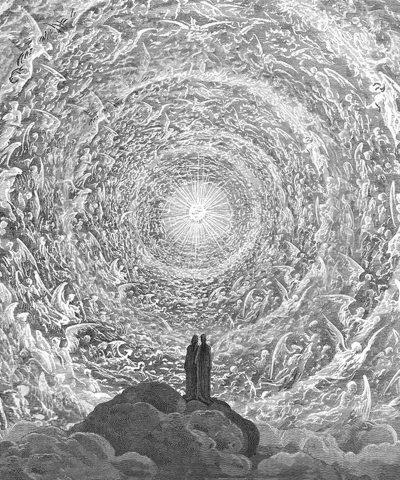From Florence to paradise
The Ghiberti’s Door is shown to the public after a 27 years restoration in the Opificio delle Pietre Dure
The story of the Baptistery Doors in Florence and in particular the second set of doors by Lorenzo Ghiberti—the Golden Doors, the Gates of Paradise—is an incredible adventure, a great project of faith that connected humanist culture and artistic sensibility, technical skill, organizational ability and the management of mercantile wealth.
Now, more than four centuries later, another story—the restoration—which took place over the same amount of time as the doors’ creation: Ghiberti completed the doors in 27 years, from 1425 to 1452; the restoration also took 27 years, from 1979 to 2012.
The stars of this recent story are the Florentine restoration experts at the Opificio delle Pietre Dure—once the artistic workshops of the Medici and Lorraine, today it is a public institute of the Italian Ministry for Cultural Heritage for art restoration, scientific research and instruction of restorers. I, too, took part in the modern history of the doors and I am very flattered and happy to have done so.
I was the director of the Opificio from 2000 to 2006 and returned for brief periods until February 2012. As the director of the safeguarding of Florence’s artistic heritage, as a lover of this city and of art, I watched with real emotion as the Door was returned to the general vicinity where they was begun, inside the Opera del Duomo Museum. It is a guarded return, guaranteed by highly controlled conditions, from which we can expect—the Opificio will vouch for this thanks to its irreplaceable expertise—that the microclimate will not allow for the process of deterioration that had assailed the precious combination of bronze and gold, which the restoration had stopped.
These doors, besides their undisputed esthetic value, have a special significance in that they allow us to reflect on their connection to the events that took place in the city.
Their twentieth-century history, and that of their “sister” doors to the north and south, puts us in intellectual and visual contact with unrepressed traumas, duly present in the city’s collective memory: the daring operation of dismantling them to get them out of harm’s way during the bombings in the spring of 1943 (and the narrow passages of the Baptistery entirely walled up except for small access doors), the unexpected and violent assault of the oily waters of the flooded Arno in 1966.
During the most aggressive century in the four centuries of the doors, we deepened our knowledge of the materials, techniques and deterioration; we tackled the conservation project, saw their substitution, their complex and impeccable restoration, their museum “refuge”. The carefully extracted panels stayed for years in the majestic frames hung in 1979, in grips specially designed in the Bronzes and Ancient weapons department in via degli Alfani, 78 (where the same frames revealed unnoticed events and little secrets, like the test stamps of the fiorino from 1448). All ten panels were progressively restored and led an autonomous existence that carried them separately to Japan, to the United States, spawning admiration for the art of the Florentine Renaissance and respect for current Italian restoration.
Those doors came out of Ghiberti’s studio in via Bufalini, 14, where a marble plaque reminds us: “Lorenzo Ghiberti had his workshop here while he was creating what the divine buonarroti would call the gates of paradise” and were installed at the Baptistery. From there (without other journeys, except during the war) they reached the Opificio; from the Bronzes workshop, to the Museo dell’Opera, none of their movements exceeded the perfect 200-300 meter range of the heart of Florence’s historic center and from which the message of the doors literally travelled the world.
There is no doubt that via degli Alfani will miss the doors. But it is gratifying to know that they are protected in their recovered splendor and now reside in an appropriate exhibition space. Now we can dedicate ourselves to the full and complete safeguarding—through opportune conservation projects—of the other doors still in loco, beginning with the northern ones by Ghiberti. The hinges in via degli Alfani will not be empty for long, ready as they are to delicately but firmly welcome the other two frames for the protection of the other, older Ghiberti panels.






